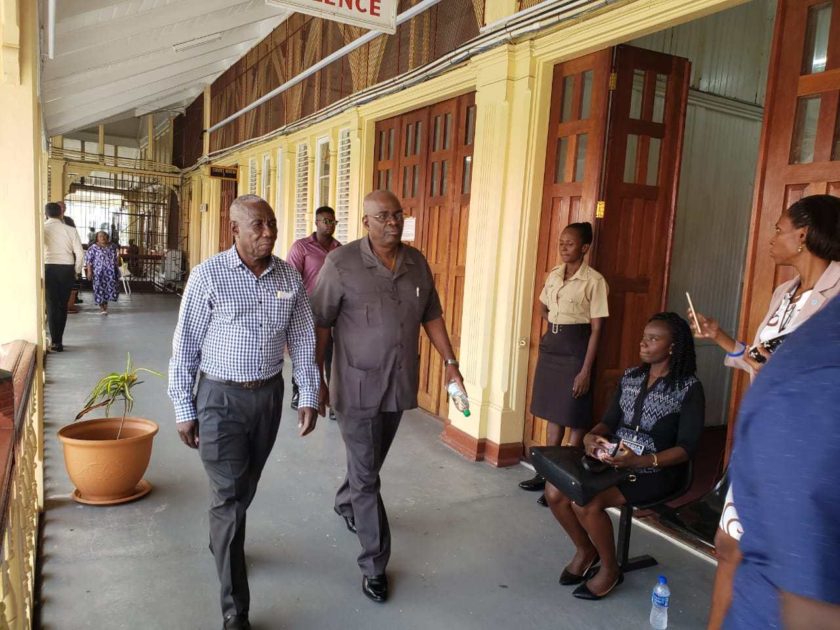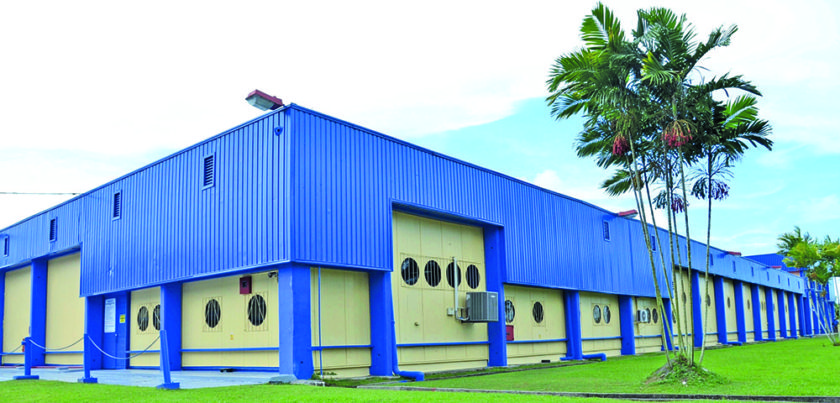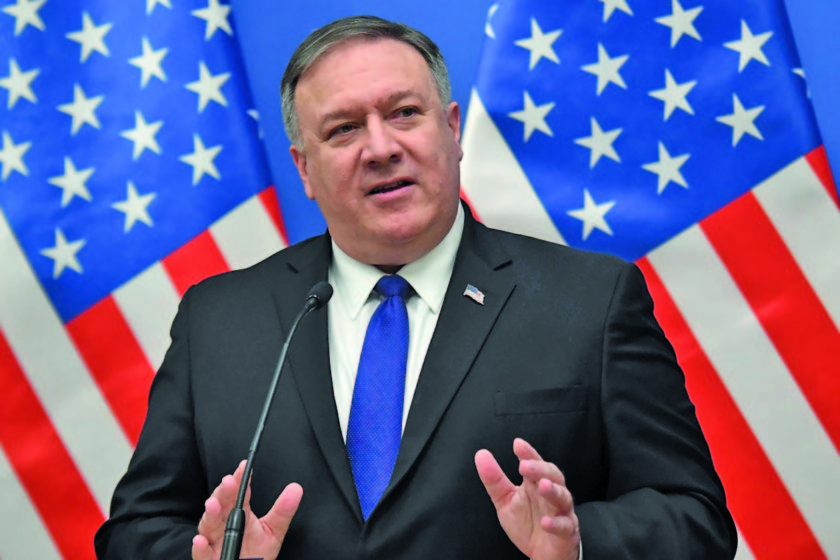Conservation International President Russell Mittermeier has hailed former President Bharrat Jagdeo as a forest champion under whose leadership Guyana became a global leader in calling attention to the incredible importance of tropical forests in the global battle to mitigate climate change.

Writing in a column in Huffington Post, Mittermeier paid tribute to Jagdeo, saying he would like to pay tribute to him here because what he has accomplished in the global arena has been truly exceptional and should be brought to the world’s attention.
“I have been working in the Guiana Shield region of South America for 36 years now; as a rainforest specialist, I was attracted to this part of Amazonia because of its vast expanses of pristine rainforest, the largest extent of undisturbed rainforest anywhere in the world.
“Conservation International (CI) has had programmes in Guyana and the neighbouring country of Suriname since 1991, and we first met with President Jagdeo shortly after he took office in 1999. He was only 35 at the time, but we were impressed from the first moment with his intellect, his charm, and his willingness to listen and learn. Over the next few years, we developed a real friendship, and I could call him on his personal line any time the need arose – a rare thing for a head of state these days,” the CI head said. “At the time, the global community was just starting to realise that tropical rain forests play a key role in mitigating climate change, with about 16 per cent of all greenhouse gas emissions coming from the destruction of these wonderfully rich and diverse ecosystems. From this realisation emerged the concept of “avoided deforestation” – the basic idea that if cutting down these forests contributes to climate change, we should stop cutting them down.
“This concept later morphed into another of those clumsy acronyms that inhabit the jargon of international conventions – REDD+, or Reduction in Emissions from Deforestation and Degradation – but the idea remained the same.” Mittermeier said the idea behind this concept was to compensate countries with high deforestation rates for reducing or halting forest destruction.





Comments are closed.